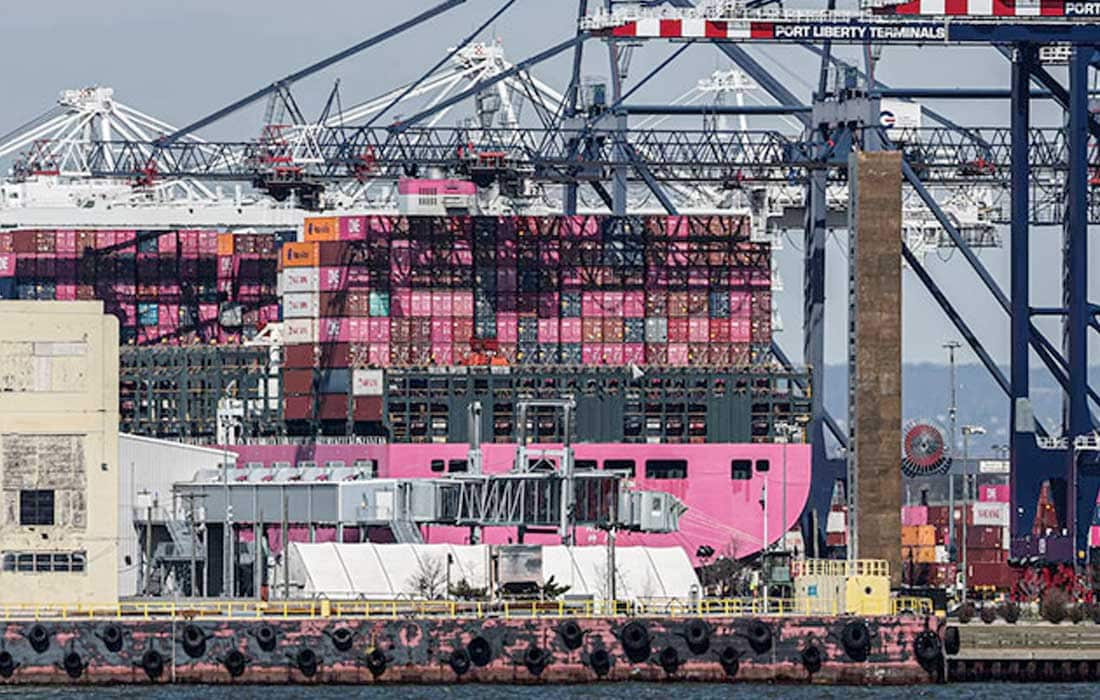WASHINGTON, D.C.: The United States has officially started collecting a new 10% import tariff on goods arriving from multiple countries under former President Donald Trump’s revived trade policy.
U.S. customs officers began charging the tariff from 12:01 a.m. ET on Saturday, affecting imports at seaports, airports, and customs warehouses nationwide. This “baseline tariff” marks the return of Trump’s aggressive trade strategy aimed at promoting domestic manufacturing and reducing the U.S. trade deficit.
The tariff applies broadly to goods from many countries. However, even higher import taxes are scheduled to kick in next week on goods from 57 major trading partners, setting the stage for fresh tension in global trade.
The duties are being collected unilaterally, meaning they were not imposed through negotiations or with international consent. Trump, who is seeking re-election, has pledged to expand the tariff program even further if he returns to the White House in 2025.
While the former president argues that tariffs will bring manufacturing jobs back to the U.S., critics warn the new charges will raise prices for American consumers, hurt small businesses, and provoke retaliation from other countries.
Economists say the baseline 10% tariff could act as a new kind of trade tax, with ripple effects across supply chains, pricing, and global markets. If the upcoming hikes on larger trading partners are enforced, analysts expect trade relations with China, the EU, and others to become more strained.
Businesses and importers now face uncertainty as they adjust to rising costs and unclear global trade policies just months ahead of the U.S. presidential election.













